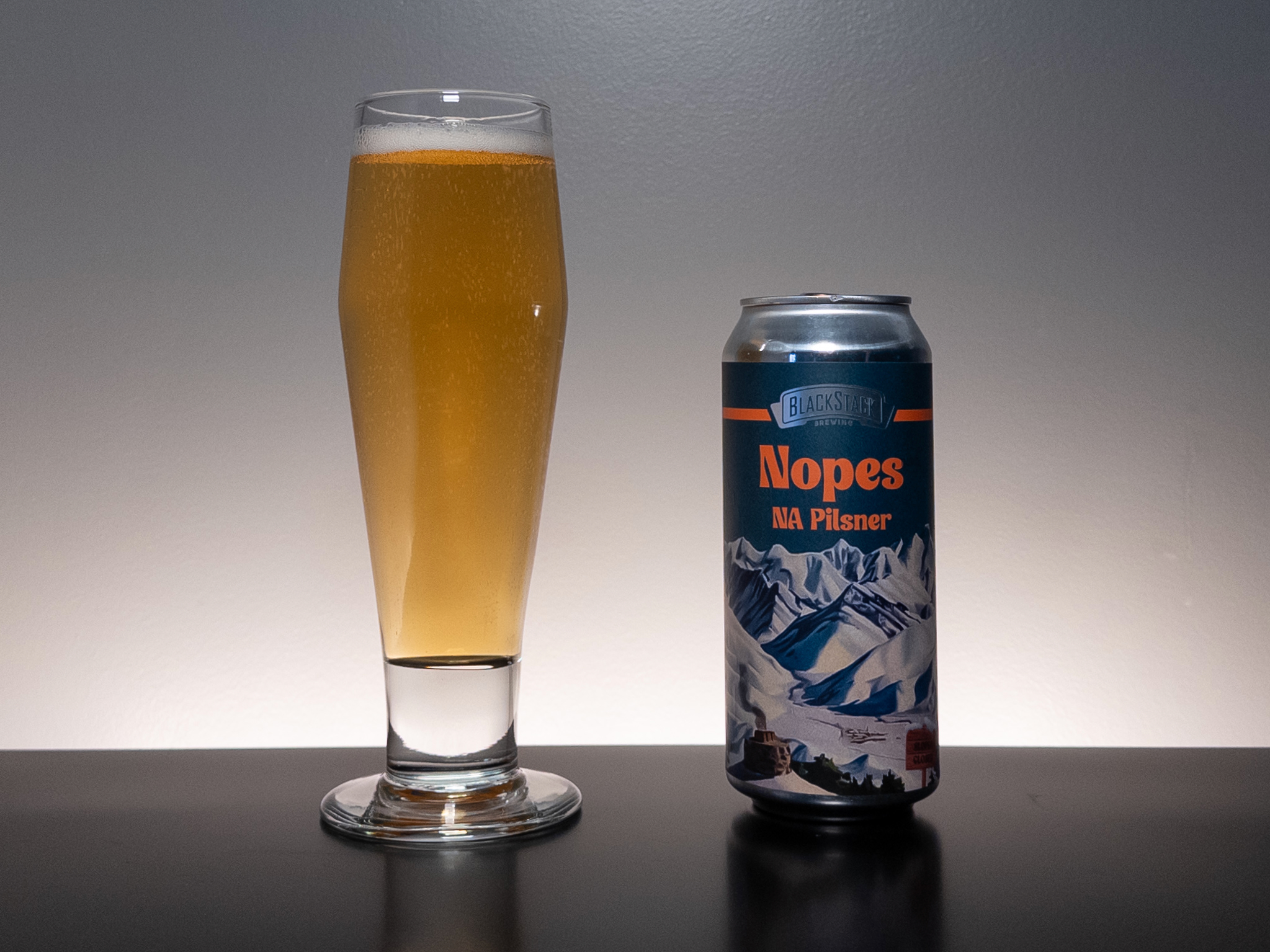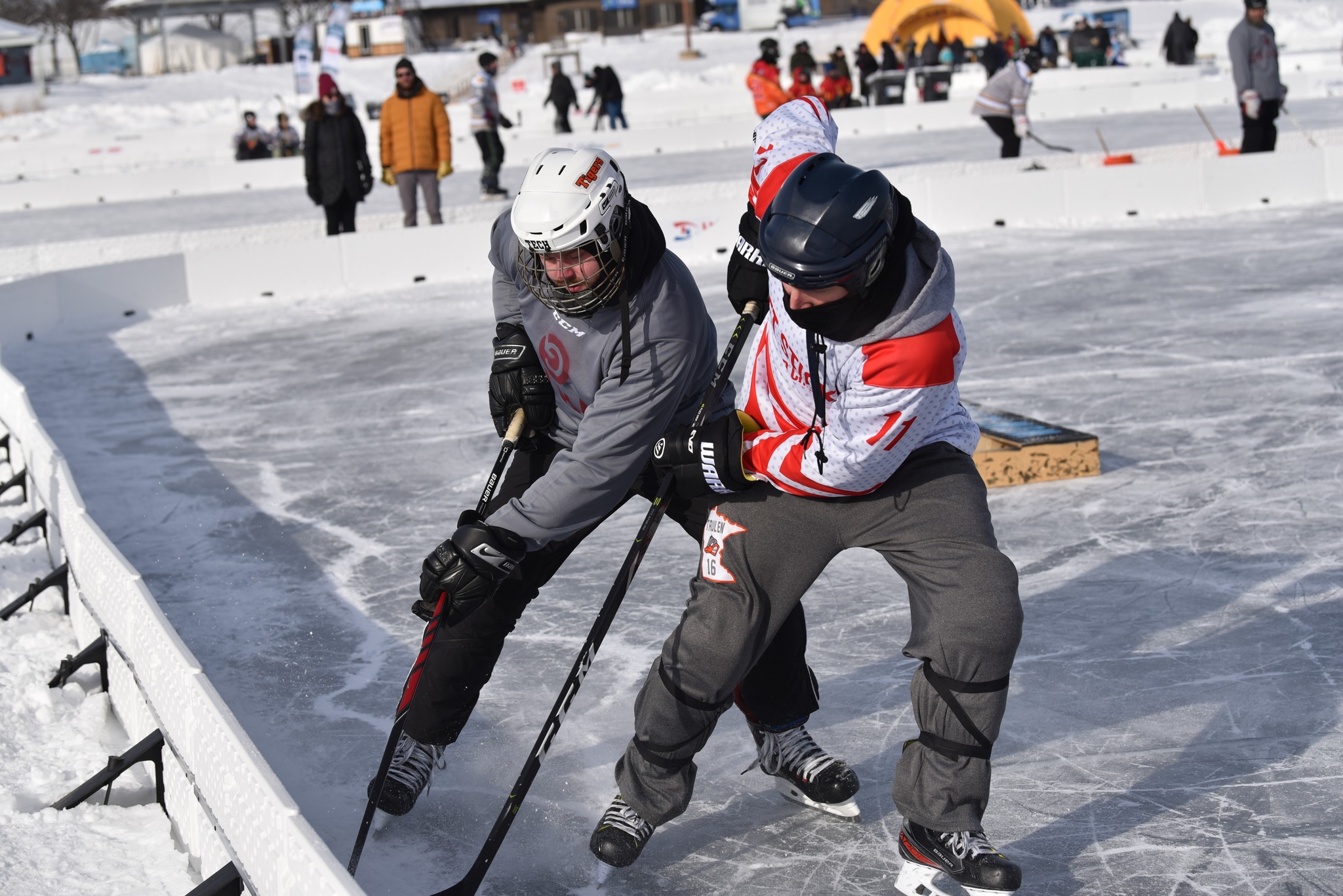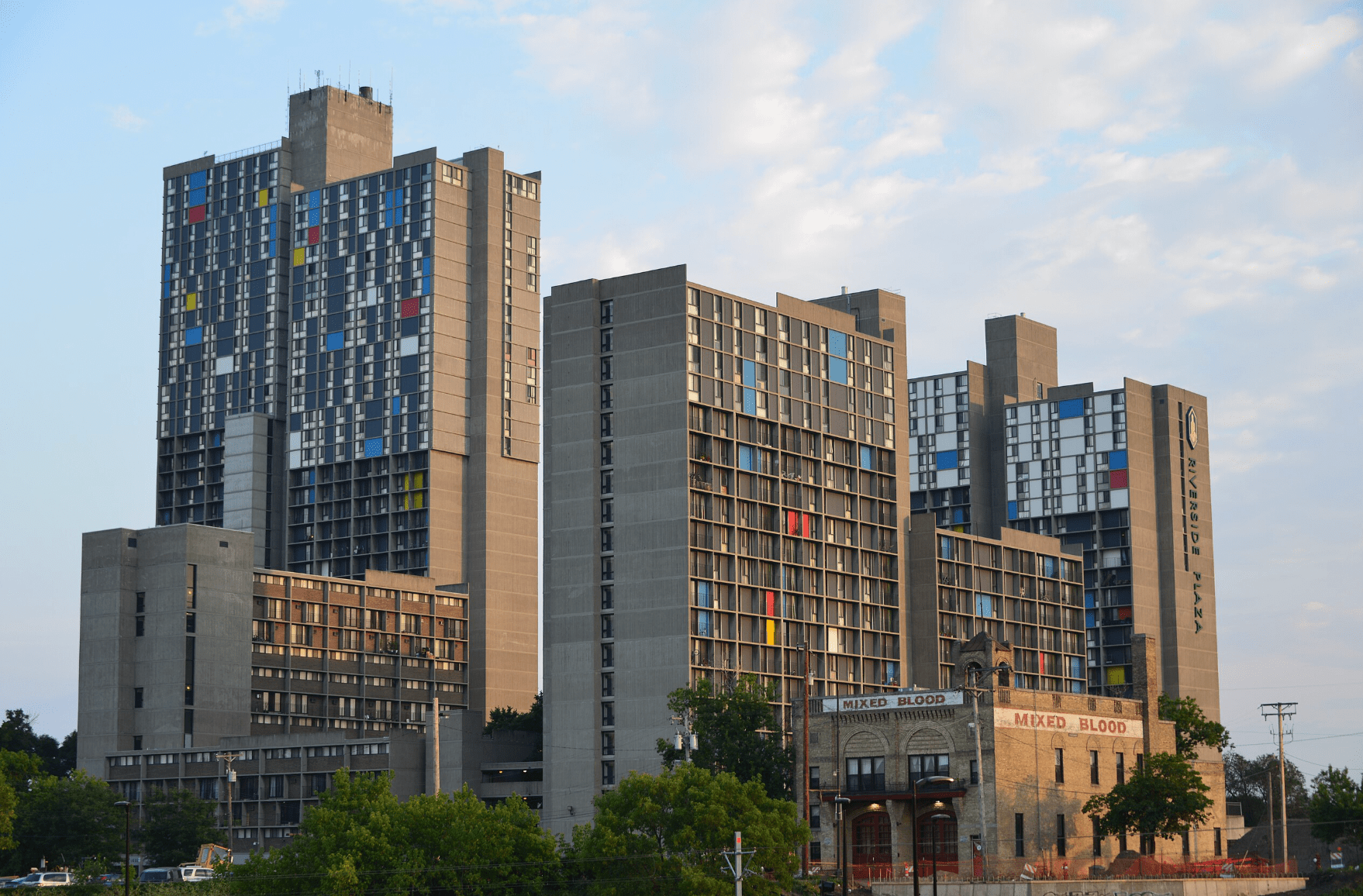The following is an excerpt from Minescapes: Reclaiming Minnesota’s Mined Lands, author/environmental engineer Peter Kero's award-winning new book from Minnesota Historical Society Press, which "explores the record that is written on Minnesota’s mined lands—and the value systems of each generation that created, touched, and lived among these landscapes; [Kero's] narratives reveal ways in which the mining industry and Iron Range residents coexist and support each other today, just as they have for more than a century."
It’s 34 degrees Fahrenheit with occasional snow pellets, hard and round like pearl sugar, peppering the sidewalk in front of our two-story colonial revival home, yet the doorbell rings and rings. There is Cruella de Vil, an ax murderer, hockey players, princesses, hunters, a man loudly dragging a shovel and wearing a faux blood–spattered Tyvek suit with “CDC” handwritten on the back, and even a young Bob Dylan. They all rotate through our front porch. The sidewalk is clogged with parents, some in costume, some in hoodies, cigarettes in hand. The street itself is pandemonium, with trucks and cars weaving in and out from the curb like Manhattan traffic. There’s even a pony pulling a two-wheeled tilbury festooned with multicolored LED lights. By 7 p.m. we have emptied our four Costco-sized candy bags and need to extinguish the front lights. The festivities will continue for several more hours and well into the darkness, even after most towns have quieted down. Our neighborhood’s Halloween turnout astonishes year after year, and never more so than during a pandemic.
All in all, nearly a third of the children in Hibbing, our small city of 16,077 residents—well over a thousand children—will visit our home for Halloween. On this night, I would compare the human throng on my small-town street to any boulevard anywhere, from Chicago’s Miracle Mile to the Champs-Élysées. In our first year, my new neighbor Tom tried to prepare me, asking, “How much candy did you buy?” To my “a couple of bags,” he pointedly replied, “You need lots more.” Seeing the incredulity on my face, he simply said, “Welcome to Pill Hill.”
Pill Hill is a dump. To be more exact, it is a mine dump: a human-made mountain of earth and rock that was moved here at great expense from three miles further north. To the miners who hauled all 20 million tons of it here, it was just overburden, valueless material that needed to be moved to expose the rich natural iron ore deposit that later became the Susquehanna Mine. To the US Environmental Protection Agency, it would be “mine-scarred land,” eligible to receive environmental cleanup funds. To the locals, it has been known by a series of names—factual names, aspirational names, and nicknames—that changed over time to reflect its shifting position and purpose in the minds of the people using it.
It was originally the Winston and Dear Dump. The prominent and unnatural appearance of the Winston and Dear Dump serves as the backdrop in many photos from the booming days of Hibbing. It appears as a steep-sided plateau behind a photo of Hibbing’s auto raceway that shows goggle-eyed automobile racers spinning out on the dirt track like a frame from the children’s book Go, Dog, Go!. You can see its variegated, treeless surface fingering out like a scallop shell or a walleye fin behind the town’s famous high school, the $4 million “Castle in the Sky” that was completed in 1920 to entice residents southward and off the valuable iron formation. And you can see it being built in granular detail in a 1936 photo as railroad “air-dump cars” are emptied from an elevated trestle that would have been moved laterally in a fanlike pattern when deposited rocks reached the trestle’s height, eventually creating the dump’s scallop-like surface.1
In those times, Hibbing was known as the “Richest Little Village in the World” and was raising and spending more money on roads, schools, public works, and amenities than the state of Delaware. This same town was also reported as having “what is perhaps the ugliest townsite in the world” on account of “the huge mounds of debris [that] surround the community, wherever the eye may rest.” The Winston and Dear Dump was once such a mound.2
But to the youth of the area, such as John Dougherty, Butters and Moose Kalibabky, Eddie Strick, Red Gilbert, and Geno Nicolleli, the Winston and Dear Dump was just known as the Dumps. According to Dougherty, the Dumps was an unregulated playground built upon “two tiers of overburden, stacked one atop the other, form[ing] this geological phenomenon.” Using material stolen from construction sites, they built, as young daredevils of the 1930s and 1940s commonly did, a series of ski jumps, the largest of which could launch skiers 90 to 150 feet onto the landing below. The Dumps, to Dougherty, was no more than a ski hill upon which to strengthen the leg muscles that would eventually carry him down the Alps on the vacation of a lifetime.3
By 1959, under the ownership of the Duluth, Missabe & Iron Range Railroad, it was known as the Buffalo-Susquehanna Stripping Dump. Now it contained not only overburden but small pockets of lean ore rock along its northern and western boundaries. The lean ore consisted of iron-bearing rock that was—at the time it was mined—too low in iron concentration to be considered “ore.” The rusty-red hematite lean ore created a rockier, coarser surface to the northern and western edges of the dump than the mixed sand, silt, and glacially rounded boulders that were deposited elsewhere. Meanwhile, the city of Hibbing, which had been moved en masse southward to accommodate the expansion of mining on the original townsite, grew on all sides of the Dumps.
By 1960, the nature of the Dumps changed. The demand for new housing led to its residential development as Highland Park—but to Hibbing residents, it became known as Pill Hill in reference to the large population of doctors who settled there. That year it boasted a population of 128 residents. In contrast to its industrial, blue-collar birth, Highland Park now suffered no heavy industrial traffic, no railroads, no dirt roads, no poor streets, and no other “serious adverse or blighting influences.” In this era, Pill Hill earned its reputation as a trick-or-treat destination worth traveling to. In the 1980s, it was a place where the parents of Boston Celtics star basketball player Kevin McHale invited kids into their atrium to select a full-sized candy bar from a rack that was outfitted like a convenience store.4
Today, Pill Hill remains much as it was decades ago. The houses erected in the 1960s still stand. The neighborhood still has just one access road; a second access road and additional platted residential lots lie, undeveloped, under a canopy of first-generation forest. The overburden is covered with aspen, a mowed-grass park, a water tower, and a volunteer-maintained trail weaving through wild apple, crab apple, plum, and pin cherry trees. The vegetation covering the lean ore is different—pines, birches, and wild roses rather than aspens or fruit trees—and the rusty-red surface will still stain your dog’s paws a permanent sanguine. Yet, on the economically stifled Iron Range, Pill Hill is considered a wealthy neighborhood. The yards are lush in turf and rich in seventy-foot maples. But when one digs a hole for a new tree or garden to be planted, one finds the unnatural origin of the development inches below the surface in the hard iron ore fragments and layers of upturned earth. At barbecues, neighbors recall Pill Hill’s early mining origins and wonder whose house overlies the buried locomotive that fell irretrievably off the tracks into the muskeg beneath the overburden.
The story of Pill Hill, with its industrial beginnings before 1920, temporary recreational use in the 1930s and 1940s, and residential redevelopment in the 1960s, is unusual on the Iron Range. It is only one among 1,400 mine stockpiles on the Mesabi Iron Range that have been identified by the Minnesota Department of Natural Resources. Overall, there are nearly 130,000 acres of mine-disturbed lands on the range. The acreage that has been dug up, processed for iron, or deposited elsewhere is roughly equivalent to nine Manhattan Islands or the Twin Cities of Minneapolis and St. Paul plus the suburbs of Bloomington and Richfield. As of 2015, only 4,663 acres of this land, less than 4 percent, had been officially reclaimed; the remainder has been left alone or was still undergoing reclamation. A 1978 mining land use study reported that “in most cases, exhausted mines, abandoned mining facilities, and surrounding land have not been reclaimed to any recreational or economical value.” A few years later, mineland reclamation rules were enacted for new mining operations, but the lands that had been disturbed during the first eight decades of mining were exempt and thus excluded from purposeful restoration like what occurred on Pill Hill.5
What happens to the mining landscape of the Iron Range—both that which is purposefully reclaimed and that which is left alone—is the subject of this book. The qualities of these lands are often seemingly contradictory and difficult to reconcile. Unnatural, yet alive, like the annual Halloween celebration on Pill Hill. Disturbed, yet lush in certain species that are rare and highly prized elsewhere. These “double-truths,” which defy many of the common narratives about mines and mining communities, are emblematic of the misunderstood history of Minnesota’s mined lands. For example, tailings basins, often described as “moonscapes,” have been documented as refuges for waterfowl as well as rare bird species dislocated by farming of their native prairie lands. Abandoned water-filled mine pits that in other parts of the country result in fish kills here on the Iron Range host both cold-water trout fisheries and award-winning drinking water supplies. Unreclaimed mine pits and piles have been transformed into world-class mountain biking venues, yet surveys of park users rank mining as one of the top negative influences on the Iron Range’s future.
Like the mined lands themselves, people’s opinions about the Iron Range landscape are diverse and seemingly contradictory. “Desolate and wasted” was how we described our own lands in the 1968 publication Diamond Jubilee Days. I’ve heard “interesting” and “beautiful” used by out-of-town visitors. Once a German tourist told me, as we were overlooking the “Grand Canyon of the North” (Hibbing’s Hull-Rust open mine pit, which is on the National Register of Historic Places), “Trees are everywhere, but this, this can only be here.” One lease manager from the Minnesota Department of Natural Resources said it “looked like money,” referring to the mines’ role in creating our nation and the fortunes of many millionaires. Sometimes the contradictions appear in the same piece of work, as in a strange black-and-white advertisement photo of a denuded open pit with locomotives puffing plumes of smoke accompanied by the phrases “the Pleasure Center of the Arrowhead Country” and “Where friendly Welcome awaits you.” Whatever your opinion of mining, it is hard to argue with the statement made in 1951 by exploration and mining pioneer Edmund Longyear that “few areas in the United States have been so completely altered by man."6
With Minnesota’s first nonferrous metal mining permits issued in 2018, the state is entering a new era for the industry. The rancorous public debate about these permits makes clear that opinions on mining vary widely, from staunch opposition to stalwart support. It could be argued that one’s opinion of the 130-year-old legacy of Minnesota’s historically mined lands weighs heavily in the decision to support or oppose future endeavors. If the United States is to make the transition to a carbon-neutral economy that is not dependent on a foreign supply chain of critical minerals that could be disrupted by political unrest or a global pandemic, it is clear that more domestic mining will be required in the future. And more so than ever before, investors and mining industry leaders care about the social license for mining companies to operate.
With the convergence of these factors, now seems like a good time to reevaluate the history of our mined lands and the reclamation efforts they have undergone. The stories and motivations of the people who created this complex landscape on the Iron Range help explain the seeming contractions previously enumerated. From the earlier miners who, against the technological odds, developed the Mesabi Range but paid little heed to the postmining landscape to the modern-day proponents of mineland repurposing, the condition of the mined lands themselves records the value system of each generation that created, touched, and lived among them. This work explores the record that is written on the lands, from the boomtown days of late nineteenth- and early twentieth-century mining through regulation in 1980 to the modern visions of landscape architects, planners, engineers, and public officials.7
The intent of this book is to provide stories from various historical points that highlight advancements in the field of mineland reclamation and repurposing, focusing on the Mesabi Iron Range. The stories are intended to illustrate the thinking, the challenges, and the decision-making framework in place at the time in which each is set. The stories intentionally focus on the state of the art—the leading edge—of mineland reclamation and repurposing practices. Another set of stories could be focused on the lagging aspects of this practice, and in fact, many authors have dedicated their efforts to telling those tales. But the stories of deliberate actions taken by the mining industry, state and local governments, universities, and citizens of the Iron Range to conserve, study, reclaim, and repurpose mined lands are not well known, and they are worthy of being documented and examined in this era of public interest and debate over mining and the environment. They would be inspirational because they highlight a potential future for mined lands and a mining region that does not often receive attention.
At the same time, the stories do not shy away from the challenges, and often the unintended consequences, that occur when that future is forged. Each vignette is intended to provide a wider-angled snapshot of mined lands than is typically offered—featuring not only the economic boon they fueled and the environmental disturbance caused by their exploitation but also the forms of life that can and do come back to them when mining is ceased and how that life struggles onward to give these lands a future. The fuller picture may help us understand and even appreciate the value and potential of the disturbed landscape of the Mesabi. By understanding it, we may grow to care for it in a new way. After all, as James Andrew Merrill, the geographer of the Lake Superior basin whose name is attached to a road near the Iron Range and the lake beside my cabin, wrote, “he who knows this region best, loves it most (8).”
- It is unclear whether the 1936 photo depicting the “dumping of waste rock from thirty yard air-dump cars” from Hibbing’s Hull-Rust pit represents Pill Hill or one of several other dump locations. Nonetheless, the rail dumping technique is representative of the manner in which the Winston and Dear Dump would have been built.
- Aaron Brown, “‘Mr. Power’s Undaunted Fighting Spirit,” Minnesota Brown: Modern Life in Northern Minnesota, June 8, 2015, http://minnesotabrown.com/2015/06/mr-powers-undaunted-fighting-spirit.html; Edmond L. DeLestry, “The Romance of a Town: The Story of Hibbing, Wonder-Village of the World,” Western Magazine 7, no. 6 (May 1916).
- John Dougherty, “From Hibbing Ski Hill, to the World’s,” Years of Yore, Hibbing Daily Tribune, November 18, 2018. Photo is from 1938: mndigital.org.
- “Program for Community Improvement, Hibbing, Minnesota,” 1960, Hibbing City Collection, Minnesota Discovery Center, Chisholm, MN.
- Barbara Nelson, “Mining Land Use: Level I Report,” May 9, 1978, Minnesota Legislative Reference Library, http://www.leg.state.mn.us/lrl/lrl.asp.
- Edmund J. Longyear, Mesabi Pioneer: Reminiscences of Edmund J. Longyear, ed. Grace Lee Nute (St. Paul: Minnesota Historical Society, 1951), 30.
- At the time of publication, the nonferrous mining permits were undergoing legal challenge.
- Handwritten quotation on the cover of the 1936 publication Wonderland of Lake Superior, Iron Range Research Center, Minnesota Discovery Center, Chisholm, MN. The stories contained in this book are factual, in that they are supported by research and citations, but are not intended to represent a complete history. In the latter chapters, in which some elements of my personal involvement appear, the events are told from my perspective and are true as I remember them, but others may have differing perspectives or recollections.







